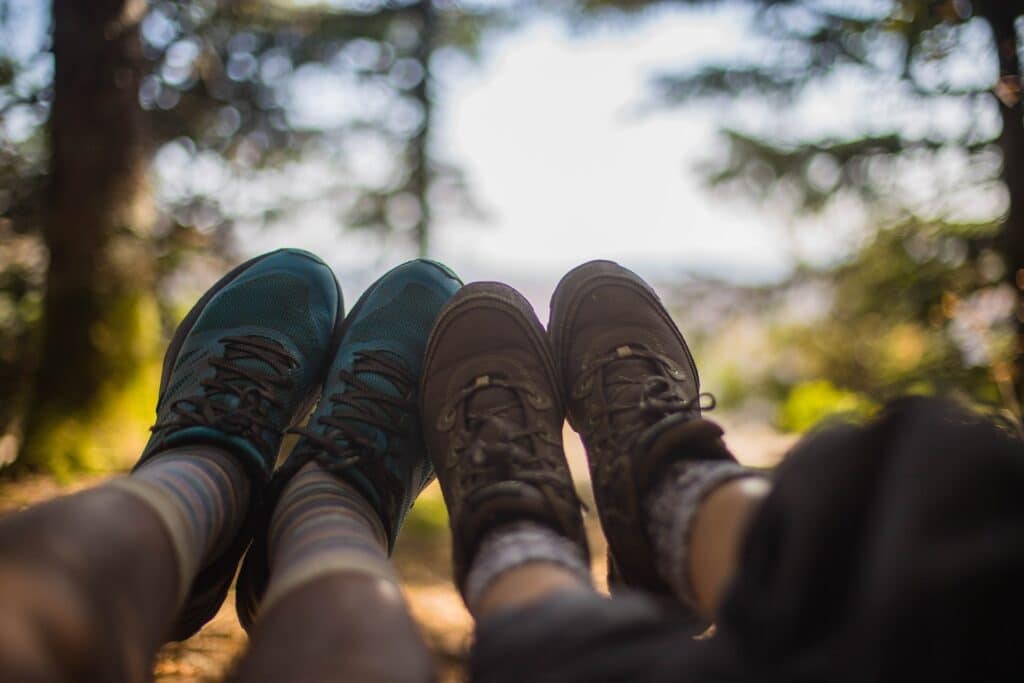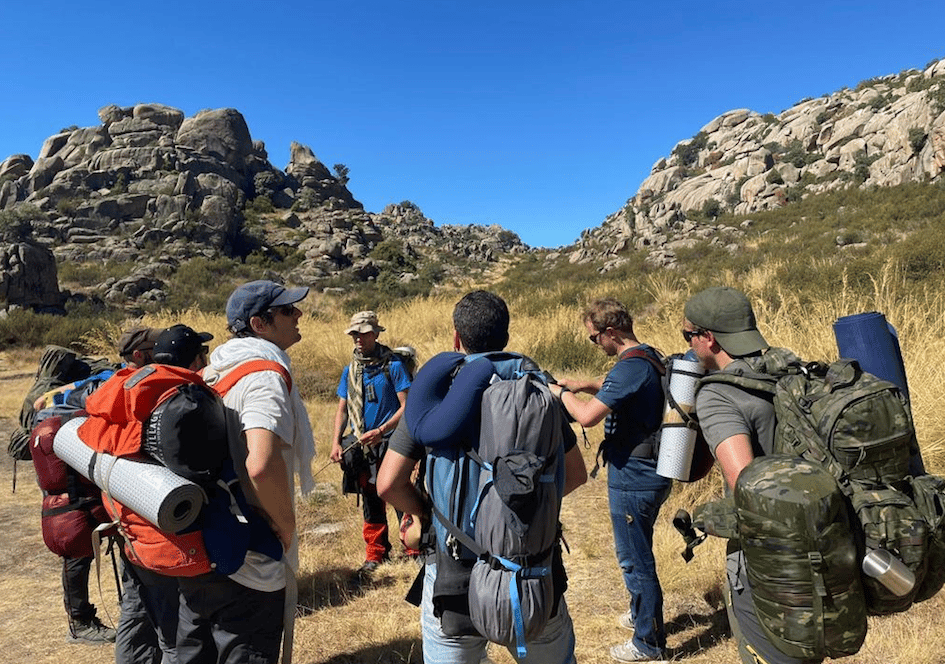Ultimate Hiker’s Guide: Stay Adventurous, Stay Safe – Tips to Prevent and Handle Common Trail Injuries
If you’re planning a hike, it’s essential to ensure that you not only have an enjoyable experience in nature but also are prepared for unexpected situations. A well-prepared hiker is equipped to handle unplanned injuries and knows what steps to take.
Always ensure you have a first aid kit in your pack, and it’s better to be prepared and pack necessities for unforeseen situations such as blisters, joint pain, or cuts.
In this guide, we will cover a few common hiking injuries along with tips for preventing and treating them.

Blisters: 5 Ways to Prevent Them:
-Choose the Right Shoes: Ensure your hiking shoes fit correctly. Try them on with the socks you’ll wear during the hike. If a shoe feels comfortable but a bit roomy, try different insoles.
-Select the Right Socks: Opt for socks that keep your feet comfortable and at the right temperature to prevent moisture, which leads to blisters. Merino wool is highly recommended, while cotton can make your feet sweaty.
-Break in Your Hiking Boots: Before embarking on a long hike, break in your new hiking boots to prevent blisters.
-Keep Toenails Short: Trim your nails and keep your feet clean and moisture-free.
-Monitor Red Hot Spots: Irritated patches of skin are precursors to blisters. Applying duct tape can prevent these spots from becoming blisters. Always carry an extra pair of clean, dry socks.
-If you develop a blister, tend to it before it worsens. For small, painless blisters, apply a bandage and duct tape. For larger, painful blisters, clean them with a towelette to prevent infection.
Minor Cuts and Scrapes:
-Outdoor activities may lead to cuts and scrapes. Immediately treat them to prevent infection. Apply pressure with a sterile pad if the skin is bleeding. Clean the wound with water, and cover it with a bandage until it heals. Deep cuts or scrapes may require professional care.
-Hikers should stay current on tetanus shots, especially given the bacteria found in soil.
Knee Pain:
While hiking is enjoyable, knee pain can make it unpleasant. To manage knee pain:
-Don’t overexert yourself; take it easy.
-Know your body’s limits.
-Maintain a healthy diet.
-Use a lightweight backpack to reduce pressure on your knees.
-Products like trekking poles, knee braces, and well-fitting hiking boots can provide support. If knee pain persists, consult a physical therapist.
Ankle Pain:
Take precautions to avoid ankle sprains or injuries during hikes:
-Ensure your hiking boots have proper ankle support.
-Replace worn-out boots for continued support and comfort.
-In case of injury, follow the RICE system:
-Rest: Stop hiking and find a place to sit.
-Ice: Apply ice wrapped in cloth or use a cold water bottle.
-Compression: Use an elastic bandage or ankle brace, ensuring it’s not too tight.
-Elevation: Elevate the affected ankle above heart level while in a reclining position.
Follow the RICE system and wait 20 to 30 minutes before attempting to bear weight on the ankle again.

Always practice Leave No Trace ethics on your climbs, hikes and adventures. Be aware of local regulations and don’t damage natural parks and wilderness.
DREAMPEAKS: HIKING IN MADRID. ADVENTURE TOURS AND OUTDOOR ACTIVITIES IN MADRID, SPAIN.
Text by Gabriel Blanco. AEGM-UIMLA- Mountain Guide.
